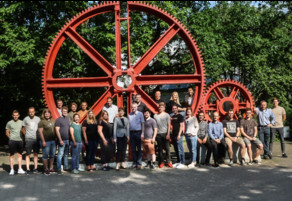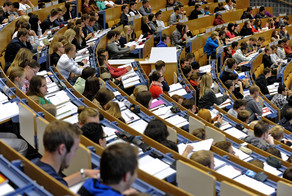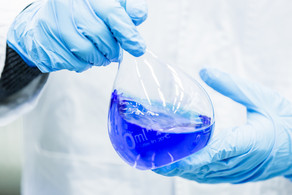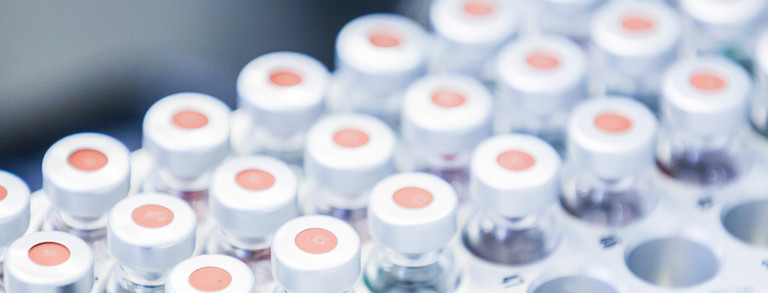PD Dr.-Ing. Hans-Detlev Kühl
Conception, Design, Analysis and Optimization of Regenerative Thermal Machines
Optimization Potential by Decentralization
Nowadays more than 40% of the final energy consumption in Germany and many other European countries have to be attributed to space heating and hot water supply in residential and commercial premises. Although this energy is needed at temperatures just marginally above ambient level, a major fraction is still provided by direct combustion of high-value fossil fuels, thus contributing substantially to our CO2 emissions. On the other hand, such low-grade heat is discharged to the environment in large quantities (e. g. at power stations or industrial sites), since it is technically or economically infeasible to convey it to potential consumers.
So, extensive economies can be achieved by decentralizing energy conversion systems and relocating them to sites where low-grade heat can be efficiently utilized. This can be realized either by small cogeneration systems (CHP) or by heat pumps, which may be driven mechanically or thermally (by a burner, by solar power or possibly by waste heat). Considering climate change issues, utilization of heat from renewable sources is of particular interest here.
Stirling Engines and Similar Regenerative Machines
The so-called regenerative cycles offer several options to realize such systems at potentially high efficiencies and without any major constraints to the operating temperature levels, and they can utilize heat from renewable sources including biomass and solar power, or waste heat of sufficient temperature.
The most well-known of these, the Stirling cycle, has been used as a prime mover in various application fields for more than two centuries. Presently, Stirling engines form the core component of commercially available Mini- and Micro-CHP systems. Furthermore, the reversed Stirling cycle is used for mechanically driven heat pumps and refrigerators. Similar regenerative cycles may be used for thermally driven heat pumps, for an integrated trigeneration (CCHP) or for waste heat utilization at industrial sites, e. g. directly generating compressed air without any detour via mechanical power.
This research group therefore focusses on the theoretical and experimental investigation and development of regenerative machines and their thermodynamic cycles.
Projects
Direct Generation of Compressed Air from Waste Heat by Reciprocating Thermocompressors
This project aims at the development of a multi-stage reciprocating thermocompressor to generate compressed air from thermal sources, preferably waste heat. In this context, analytical and numerical modelling as well as constructive considerations are required to develop a practically and economically competitive solution.
Development and Optimization of Regenerators with Axially Varying Matrix Structures
This project aims to increase the efficiency of regenerative (gas) cycles by developing and optimizing regenerators with axially varying matrix structures. Therefore, analytical and numerical models are applied to the design and the optimization of such regenerators, the performance of which is experimentally investigated afterwards.
Projects
Appendix gap losses may amount to approximately 10 % of the heat input to a Stirling engine. They are caused by the annular gap between the insulating dome of a piston or displacer and the adjacent cylinder wall. The aim of this work is to develop a new analytical model for these losses, since the existing modeling approaches appear to be insufficient and are partly based on very gross and possibly questionable assumptions.
The aim of this work is to investigate appendix gap losses experimentally by direct measurements of gas and wall temperatures for the first time and thus validate and improve the existing modeling approaches. So far these losses have only been investigated theoretically or by indirect experimental balancing procedures.







